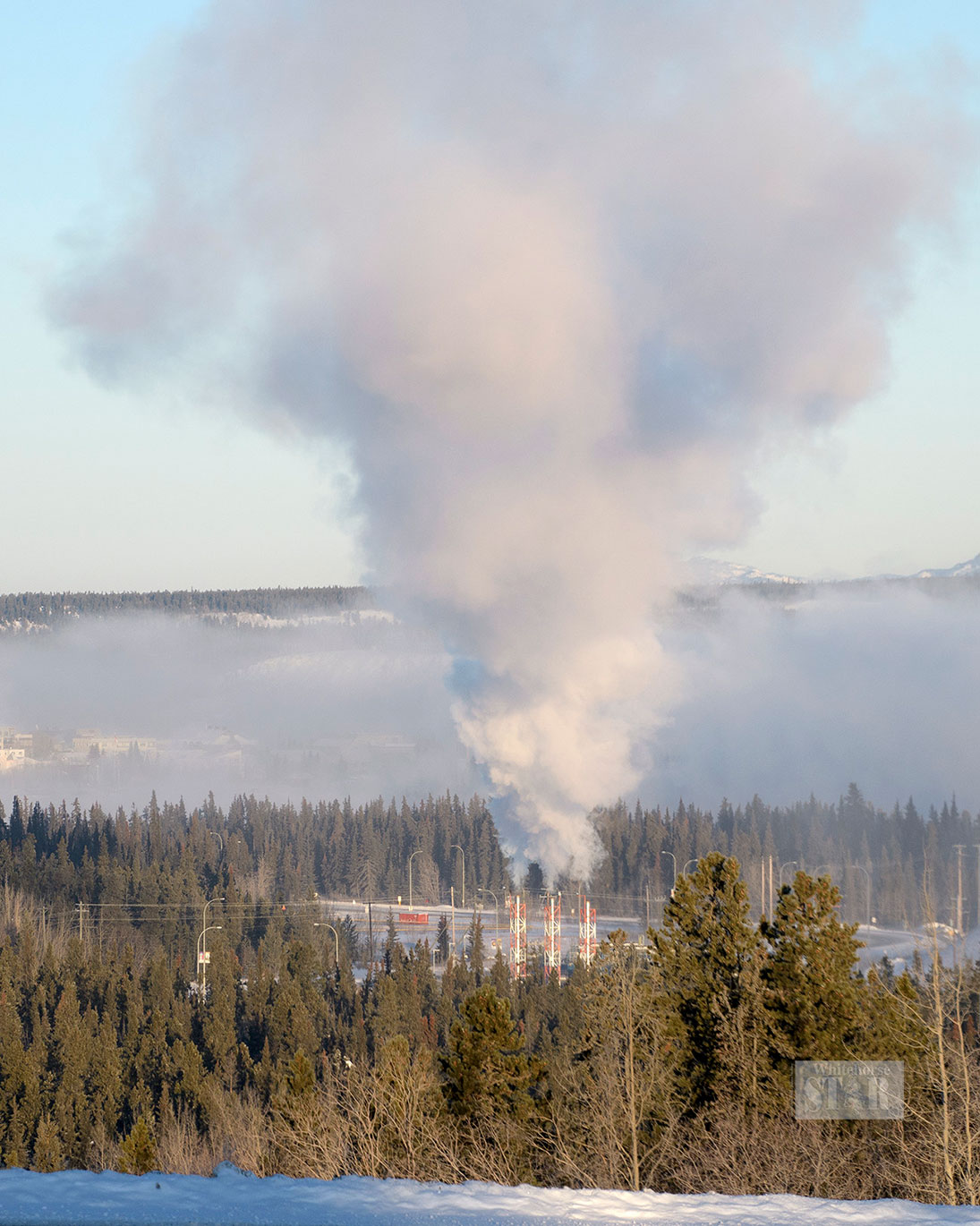
Photo by Vince Fedoroff
POWER SOURCE AT WORK – Yukon Energy’s liquefied natural gas facility is seen on Dec. 18, 2022 in Whitehorse.

Photo by Vince Fedoroff
POWER SOURCE AT WORK – Yukon Energy’s liquefied natural gas facility is seen on Dec. 18, 2022 in Whitehorse.
In his letter published in the Star on Jan. 20th, Currie Dixon points out the obvious: that Yukon has a significant shortfall in electricity generation capacity.
In his letter published in the Star on Jan. 20th, Currie Dixon points out the obvious: that Yukon has a significant shortfall in electricity generation capacity.
That the president of Yukon Energy admits to being caught off-guard is revealing.
I have been to many public consultation exercises on electricity here over the last 20 years.
For almost as long, I have been saying that their demand projections were bogus, not taking account of the expected growth in population, electric heating and, still on order, electric vehicles.
Last time I said as much at one of these events, they said I was not the first person to have said this to them.
That Yukon Energy has been “caught off-guard” looks like egregious culpable incompetence.
It is probably not the president’s fault alone. I suspect a corporate culture that militates against right thinking.
We ourselves have just replaced our oil furnace and no-longer-compliant oil tank with an electric heat pump.
Many people are in a similar position of having to bring their heating into compliance, and lots of them will opt to go electric. The problem is only going to get worse.
But we are where we are, and there needs to be action. What are the possible courses of action?
These:
Clearly No. 1 is the wrong answer. No. 2 is a step backwards.
No. 3 is so wrong; so damaging to the climate that it is shocking to hear Dixon suggest it.
No. 4 is pretty useless in winter when the demand is highest (but allows water to be held behind dams so it can be used in winter).
No. 5 is pretty good much of the time, but not all the time (and turbines bigger than 3MW are too big to assemble with the cranes available in the North).
No. 6 is nice, but takes forever, and, put almost anywhere, will offend someone or everyone.
No. 7 helps with No. 4 and especially No. 5.
No. 8 punts the problem south but also helps smooth the power availability: it must be windy/sunny somewhere.
None of these are the answer. All of them except the first three are part of the answer.
But time is of the essence. This problem should have been addressed years ago.
Were we right to reject No. 2 in favour of a short-term or even medium-term No. 1?
Yes, and why? Because that array of rented diesel generators is so obviously wrong that it surely will concentrate some minds.
The time has come – actually came years ago – for some serious action.
I am thoroughly disheartened by the slow response to the obvious pending shortfall in capacity.
If a problem as obvious and small as Yukon’s electrical supply can be messed up so royally by inaction, then what’s the hope for addressing the big global problem of carbon emissions?
Peter Coates
Whitehorse
In order to encourage thoughtful and responsible discussion, website comments will not be visible until a moderator approves them. Please add comments judiciously and refrain from maligning any individual or institution. Read about our user comment and privacy policies.
Your name and email address are required before your comment is posted. Otherwise, your comment will not be posted.
Be the first to comment